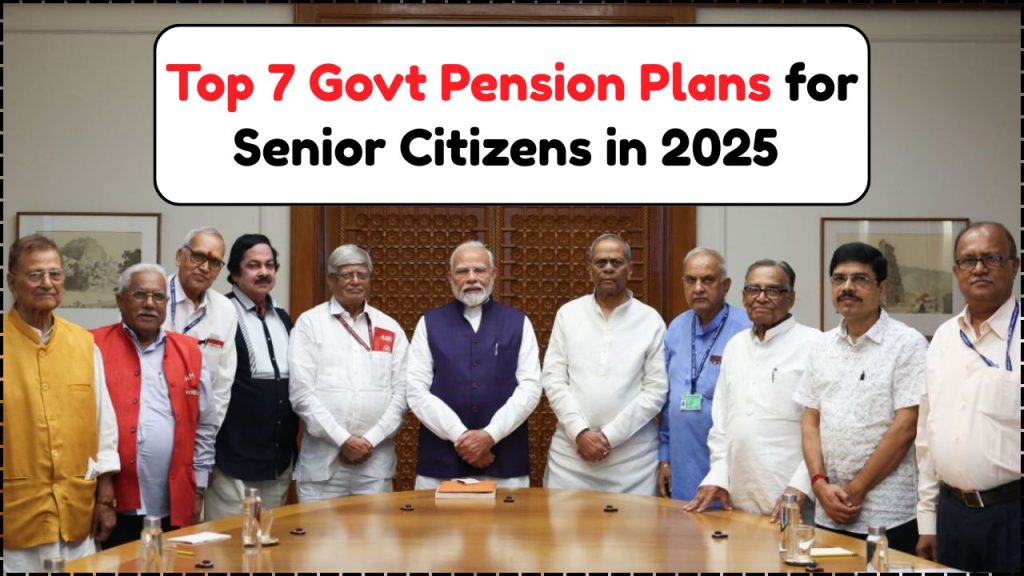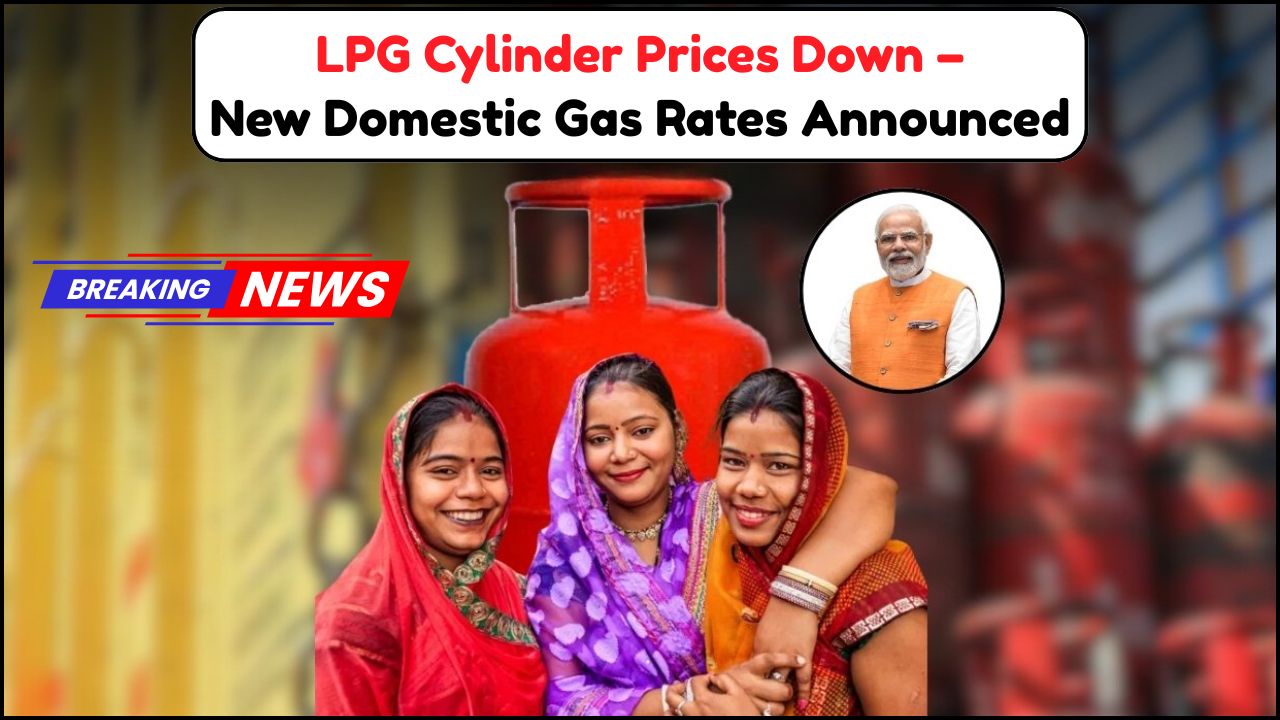
Retirement planning has never been more crucial than it is today. With increasing life expectancy and rising healthcare costs, ensuring financial security during your golden years requires careful planning and the right investment choices. The Indian government has recognized this need and introduced several pension schemes specifically designed to provide senior citizens with steady income streams and financial independence after retirement.
Whether you’re approaching retirement or already enjoying your post-work life, understanding these government-backed pension plans can make a significant difference in your financial well-being. These schemes offer not just regular income but also tax benefits, government guarantees, and peace of mind that comes with knowing your future is secure.
Table of Contents
Why Government Pension Plans Matter for Senior Citizens
The transition from a regular salary to retirement can be financially challenging. Government pension plans bridge this gap by providing predictable income streams that help maintain your standard of living. Unlike market investments that can be volatile, these plans offer stability and security backed by government guarantees.
These pension schemes serve multiple purposes beyond just providing income. They offer tax benefits that can reduce your overall tax burden, provide inflation protection in some cases, and ensure that you don’t become financially dependent on your children or relatives. The psychological benefit of financial independence cannot be overstated – it allows you to make choices based on your preferences rather than financial constraints.
Comprehensive Overview of Top Government Pension Plans
1. Pradhan Mantri Vaya Vandana Yojana (PMVVY)
This flagship scheme stands out as one of the most attractive options for senior citizens. Offering a guaranteed 8% annual return, it provides immediate annuity for a period of 10 years. The scheme is specifically designed for citizens aged 60 and above, with investment limits ranging from ₹1.5 lakh to ₹15 lakh.
What makes PMVVY particularly appealing is its flexibility in payout options. You can choose monthly, quarterly, half-yearly, or annual payouts based on your financial needs. The scheme also includes a provision for premature exit after three years in case of serious illnesses.
2. Senior Citizen Savings Scheme (SCSS)
Available through post offices and authorized banks, SCSS offers a competitive interest rate of 7.4% per annum. This scheme allows investments up to ₹30 lakh and provides quarterly interest payouts. The five-year tenure can be extended for an additional three years, making it ideal for those seeking medium-term financial security.
The scheme’s popularity stems from its tax benefits under Section 80C and the government guarantee that ensures your principal amount is completely safe. The quarterly interest payments help maintain regular cash flow for daily expenses.
3. National Pension System (NPS)
NPS represents a more modern approach to retirement planning with its market-linked returns. While this means potentially higher returns, it also involves market risks. The system allows flexibility in investment choices and provides tax benefits under multiple sections of the Income Tax Act.
For senior citizens who are comfortable with some market exposure and want the potential for higher returns, NPS offers an excellent opportunity. The scheme also provides the option to withdraw up to 60% of the corpus as a lump sum upon retirement.
4. Atal Pension Yojana (APY)
Though primarily designed for younger subscribers (18-40 years), APY deserves mention as it can benefit families planning for long-term security. It guarantees pension amounts ranging from ₹1,000 to ₹5,000 per month, depending on contributions and age at entry.
Detailed Comparison of Pension Plans
| Pension Scheme | Interest Rate | Minimum Investment | Maximum Investment | Key Benefits |
|---|---|---|---|---|
| Pradhan Mantri Vaya Vandana Yojana | 8% p.a. | ₹1.5 lakh | ₹15 lakh | Guaranteed returns, immediate annuity |
| Senior Citizen Savings Scheme | 7.4% p.a. | ₹1,000 | ₹30 lakh | Quarterly payouts, tax benefits |
| National Pension System | Market-linked | ₹500 | No limit | Flexibility, higher return potential |
| Post Office Monthly Income Scheme | 6.6% p.a. | ₹1,500 | ₹9 lakh | Monthly income, government backing |
| LIC Jeevan Akshay | Varies | ₹1.5 lakh | No limit | Lifetime annuity options |
| RBI Floating Rate Savings Bonds | 7.15% p.a. | ₹1,000 | No limit | Inflation protection |
Eligibility Requirements and How to Apply
Understanding eligibility criteria is crucial for making the right choice. Most schemes have age-specific requirements, with many starting eligibility at 60 years. However, some schemes like NPS allow entry from 18 to 65 years, making them suitable for pre-retirement planning.
Age-wise Eligibility Matrix
| Age Group | Suitable Schemes | Key Considerations |
|---|---|---|
| 50-59 years | NPS, voluntary contributions to EPF | Pre-retirement planning phase |
| 60-65 years | PMVVY, SCSS, NPS | Peak eligibility period |
| 65+ years | PMVVY, NPS (existing subscribers) | Limited but valuable options |
Income criteria also play a role in some schemes. For instance, the Indira Gandhi National Old Age Pension Scheme is specifically designed for below-poverty-line families, providing ₹500 per month to eligible beneficiaries.
Maximizing Returns and Benefits
Strategic planning can significantly enhance your pension benefits. Diversification across multiple schemes can provide both stability and growth potential. For example, combining the guaranteed returns of PMVVY with the growth potential of NPS can create a balanced retirement portfolio.
Tax planning is another crucial aspect. Most pension schemes offer tax benefits under Section 80C, but the total deduction is limited to ₹1.5 lakh per year. However, NPS provides additional benefits under Section 80CCD(1B) up to ₹50,000, making it particularly attractive from a tax perspective.
Consider your cash flow requirements when choosing between different payout options. Monthly payouts might be suitable for regular expenses, while annual payouts could be better for planned expenditures or reinvestment opportunities.
Risk Assessment and Management
While government schemes are generally safe, understanding the risk profile of each scheme helps in making informed decisions. Fixed-rate schemes like SCSS and PMVVY offer complete capital protection but may not keep pace with inflation over long periods. Market-linked schemes like NPS offer inflation protection potential but involve market risks.
Your risk tolerance should align with your scheme selection. If you cannot afford any capital loss, stick to government-guaranteed schemes. If you can handle some volatility for potentially higher returns, consider allocating a portion to market-linked schemes.
Special Considerations for Different Financial Situations
For Conservative Investors
Focus on schemes with government guarantees like PMVVY and SCSS. These provide predictable income without market risks, making them ideal for those who prioritize capital preservation over growth.
For Growth-Oriented Investors
Consider NPS and balanced approaches that combine guaranteed schemes with market-linked options. This strategy can provide both stability and growth potential.
For Tax Optimization
Maximize tax benefits by utilizing the full ₹1.5 lakh limit under Section 80C and additional ₹50,000 under Section 80CCD(1B) through NPS contributions.
Implementation Strategy and Timeline
Start by assessing your current financial situation and retirement goals. Calculate your expected monthly expenses during retirement and determine how much income you’ll need from pension schemes. This analysis will help you decide the investment amount and scheme selection.
Create a timeline for your investments. If you’re still working, consider starting with NPS for its tax benefits and flexibility. As you approach retirement, gradually shift towards guaranteed income schemes like PMVVY.
Making the Right Choice for Your Future
The key to successful retirement planning lies in understanding your unique circumstances and matching them with appropriate pension schemes. Consider factors like your current age, risk tolerance, income requirements, and tax situation when making decisions.
Remember that pension planning is not a one-time activity. Regular review and adjustment of your strategy ensure that your investments remain aligned with your changing needs and market conditions.
Government pension schemes offer an excellent foundation for retirement security. By understanding these options and making informed choices, you can build a robust financial cushion that provides dignity and independence during your golden years.
The peace of mind that comes from knowing you have guaranteed income streams cannot be measured in monetary terms. These schemes represent the government’s commitment to senior citizen welfare and provide a safety net that allows you to enjoy retirement without financial stress.
Frequently Asked Questions
Q: What is the minimum age to start investing in senior citizen pension schemes? A: Most senior citizen specific schemes require you to be 60 years old, though NPS allows entry from age 18.
Q: Are pension scheme returns taxable? A: Yes, pension income is generally taxable as per your income tax slab, but investments qualify for tax deductions.
Q: Can I invest in multiple pension schemes simultaneously? A: Absolutely, diversifying across multiple schemes can provide better risk management and potentially higher overall returns.
Q: What happens to my investment if I die before the scheme matures? A: Most schemes provide nominee benefits, ensuring your family receives the invested amount or accumulated benefits.









